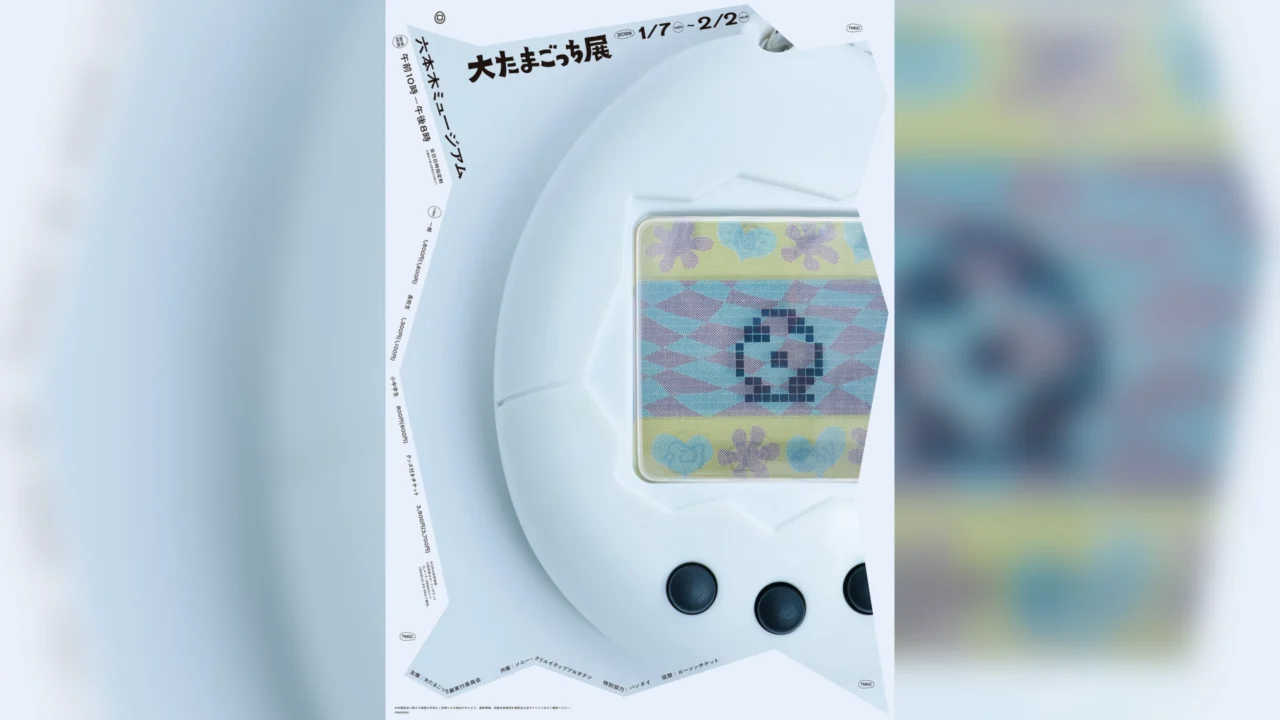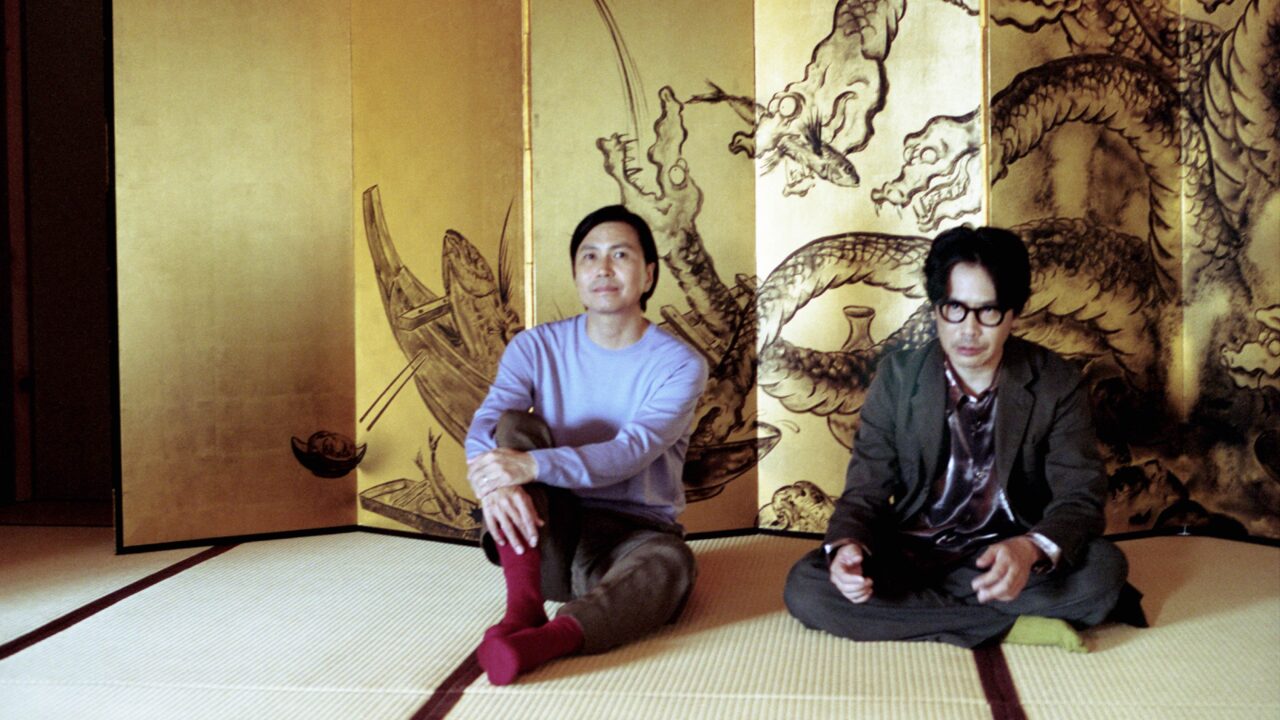INDEX
The Duality of Films Set in the Past
A film set in the past is, in a sense, a double fiction / double memory projected on the screen. The time and space cut out by the frame serve another time flow and space, the cinematic “work,” and, by submerging into the past to which it is subject, fold another time and space inside. In this dual structure, the images and sounds projected, drawn, or played in the work do more than simply “reproduce a certain time period”; they are crucial as devices for securing or creating that duality.
The standard-size archival footage inserted here and there in this film represents the “actual past,” and thus supports the dual structure of the work itself, while at the same time assuming a dramatic function of exposing that structure. Also, when Éric Rohmer’s “Full Moon in Paris” and Jacques Rivette’s “Le Pont du Nord” masterpieces of the 1980s, are projected on the screen as plays within a play, they assume a dual function as fiction within fiction about the past, and at the same time, the very duality of the fictions is revealed. (The gaze of the tala dedicated to Pascale Ogier, the young actress who appeared in these films and died prematurely, is also undeniably assimilated by the gaze of us film fans.) This dual structure, in which the story is folded within the story and the image is folded within the image, paradoxically proves the absolute nature of the act of “watching. No matter when or where he/she/it/I/you are, these subjects are surrounded by the experientiality of “watching here and now. The act of “watching” transcends or penetrates time/space.

© 2021 NORD-OUEST FILMS – ARTE FRANCE CINÉMA
























